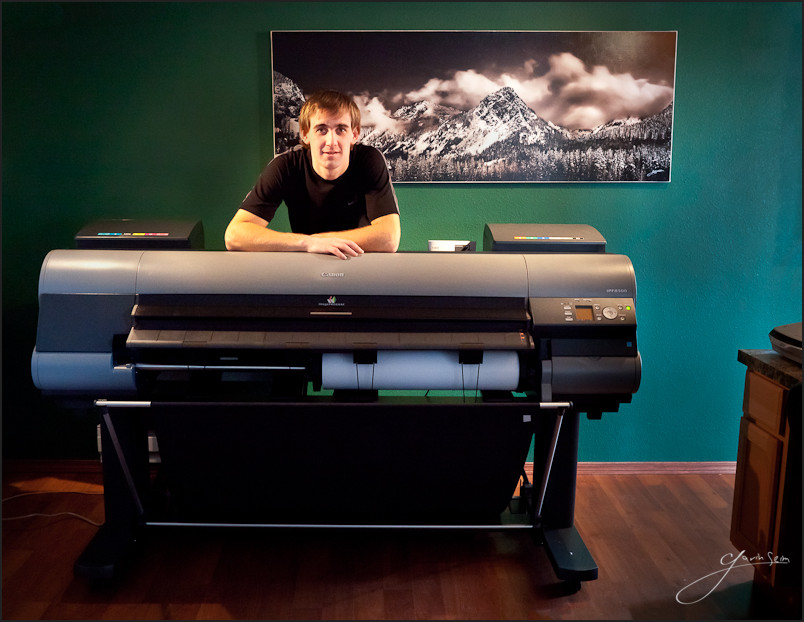by Gavin Seim. So I’ve planned another road trip, along with Spring workshops. I’m hitting the road early April with my little family and heading to SF area for two workshops in Oakland. I’m stoked. We plan to spend about a month on the road in the RV. After the workshops, we may head up towards the Grand Canyon as I hunt for stock and landscape images, then who knows. Here’s the workshop lineup. I hope you’ll help me spread the word and I hope to see you there.
April 16-17 is my Lights and Shadows workshop. This is a fresh 2 day event that covers HDR and beyond. It’s an intimate workshop limited to about 20 people. We’ll be doing work in the field and editing back at the home base. More info here. There’s also a Facebook event page.
On April 18th is the Lightroom Power workshop. This has something for everyone. We’ll cover basics, but also get deep into power user stuff. It’s another fun hands on workshop, so bring your laptops with LR and prepare to think differently about your editing. More info here, and the Facebook event page here.
I’m also working on setting up something for Fresno. Still working on the details of that, but stay tuned to this post or the Seim Effects FB page for details. I’ll also update the workshop pages if a new location is added. Hope to see some of you there… Gav






